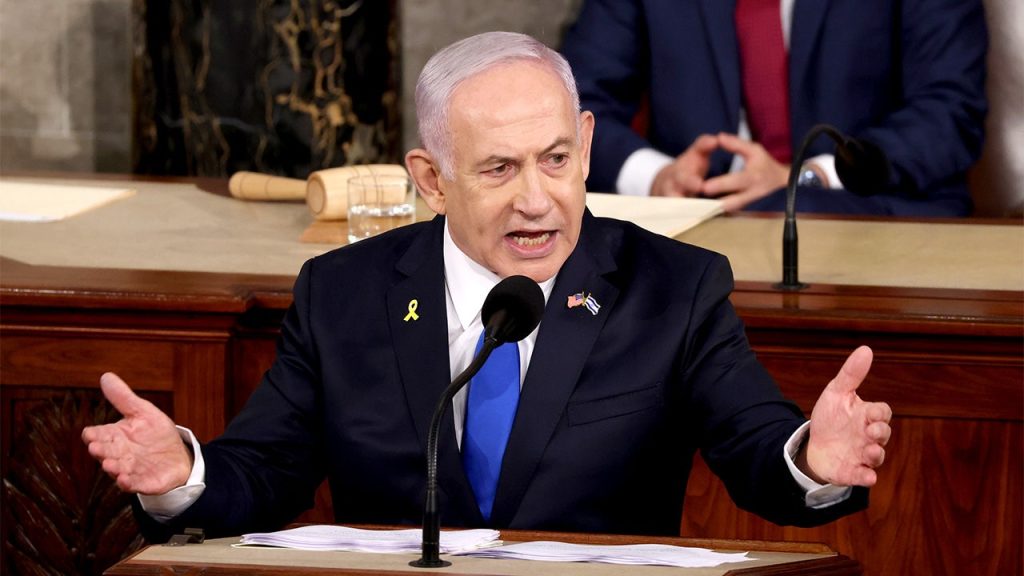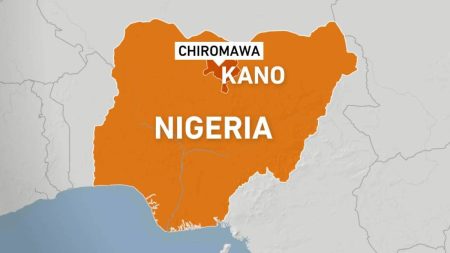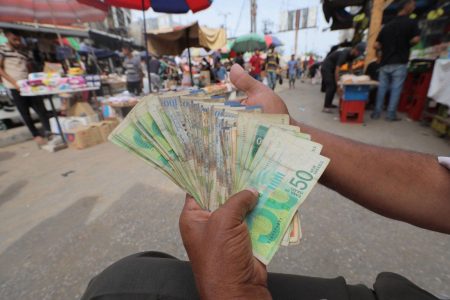The fragile ceasefire between Israel and Hamas, brokered by Qatar, has achieved a significant breakthrough with the announcement of a phased release of hostages held by Hamas. Commencing Thursday, Hamas will release Israeli citizen Arbel Yehud, soldier Agam Berger, and one other hostage, followed by three more on Saturday. This development follows intensive negotiations led by Israeli Prime Minister Benjamin Netanyahu, marking a concession from Hamas, who had previously stalled the hostage release process. The agreement also includes a provision allowing Palestinians to return to the northern Gaza Strip starting Monday morning, a significant step towards normalizing life in the region. This phased release offers a glimmer of hope for the families of the remaining hostages and signals a potential de-escalation of tensions between the two warring factions. The agreement comes amidst continuing uncertainty over the exact number and condition of the remaining hostages. While Israel asserts that most of the 26 remaining captives are alive, based on a list provided by Hamas, the details remain shrouded in secrecy. This lack of transparency fuels anxiety and underscores the delicate nature of the ongoing negotiations. The agreement marks a crucial point in the ongoing Israel-Hamas conflict, illustrating the precarious balance of power and the complex humanitarian crisis unfolding in the region.
The broader context of this hostage release is etched against a backdrop of recent violence and escalating tensions. The October 7 Hamas massacre, a brutal attack that shocked the world, remains a stark reminder of the deep-seated animosity between the two sides. The massacre led to the resignation of the Israeli military chief, who cited the heavy burden of the event as a contributing factor. This backdrop adds further weight to the significance of the hostage release agreement, which represents a small but crucial step towards rebuilding trust and potentially paving the way for a more sustainable peace. The agreement also highlights the role of international mediation, with Qatar playing a key role in facilitating dialogue and achieving this breakthrough. The fragility of the situation underscores the need for continued international involvement to ensure the agreement holds and to address the underlying issues fueling the conflict.
The agreement, while a positive development, is set against a backdrop of distrust and broken promises. Israel had previously accused Hamas of altering the agreed-upon order of hostage releases, leading to Israel blocking the return of Palestinians to northern Gaza. Simultaneously, Israel delayed its withdrawal from southern Lebanon, citing the Lebanese government’s failure to fulfill its responsibilities under the ceasefire agreement. These actions and counter-actions highlight the deep mistrust between the parties and the precarious nature of the ceasefire. The agreement, therefore, represents a fragile step towards de-escalation, but the underlying tensions and potential for renewed conflict remain palpable.
The international community also plays a crucial role in this unfolding drama. The United States has pledged to monitor the agreement between Israel and Lebanon, which is set to remain in effect until February 18, 2025. The U.S. will also participate in negotiations for the return of Lebanese prisoners captured after the October 7 attacks. This involvement underscores the international community’s commitment to stabilizing the region and addressing the complex humanitarian issues arising from the conflict. The sustained involvement of international actors will be critical in maintaining momentum towards a lasting resolution.
Further complicating the situation are proposals from former U.S. President Donald Trump, who suggested that Egypt and Jordan absorb a significant portion of the Palestinian population from Gaza. This suggestion, while aimed at resolving the conflict, overlooks the complex political and humanitarian realities in the region and has been met with widespread criticism. Such proposals add another layer of complexity to an already volatile situation, highlighting the need for careful and nuanced approaches to resolving the long-standing conflict. The involvement of international actors, particularly the United States, will be crucial in mediating a path forward that addresses the needs and concerns of all parties involved.
In conclusion, the agreement to release hostages marks a significant development in the ongoing Israel-Hamas conflict, offering a glimmer of hope in a region scarred by violence and mistrust. While the agreement represents a positive step towards de-escalation, the underlying tensions and the potential for further conflict remain. The fragility of the ceasefire necessitates continued international engagement and a commitment to address the root causes of the conflict. The release of hostages, while a welcome development, is just one piece of a complex puzzle that requires careful negotiation, sustained dialogue, and a commitment to building a more peaceful future for the region. The international community must continue to play an active role in supporting the fragile ceasefire and working towards a lasting resolution that addresses the humanitarian crisis and the underlying political issues fueling the conflict.










